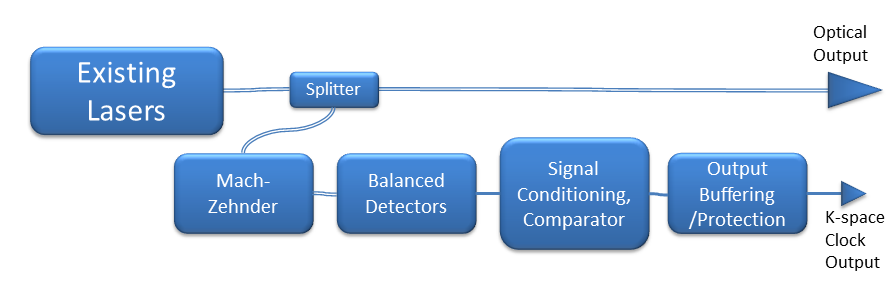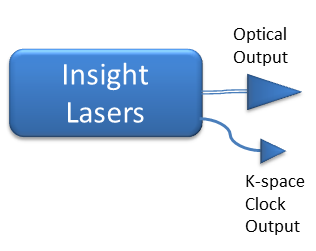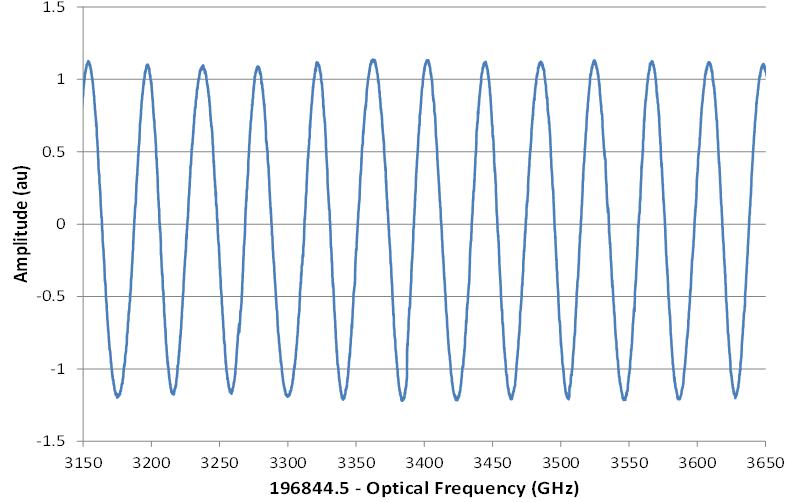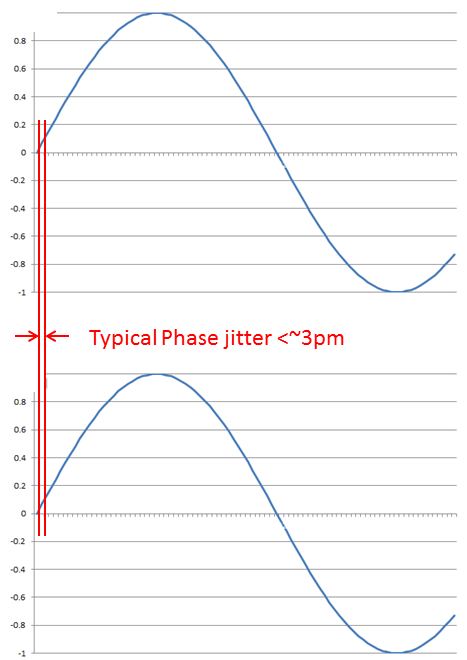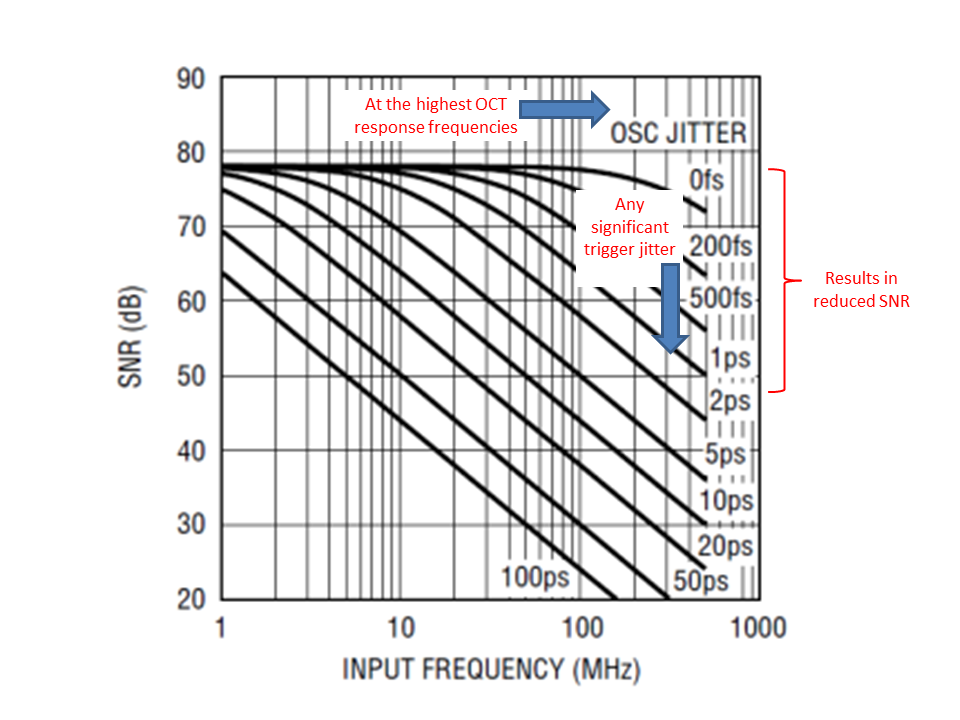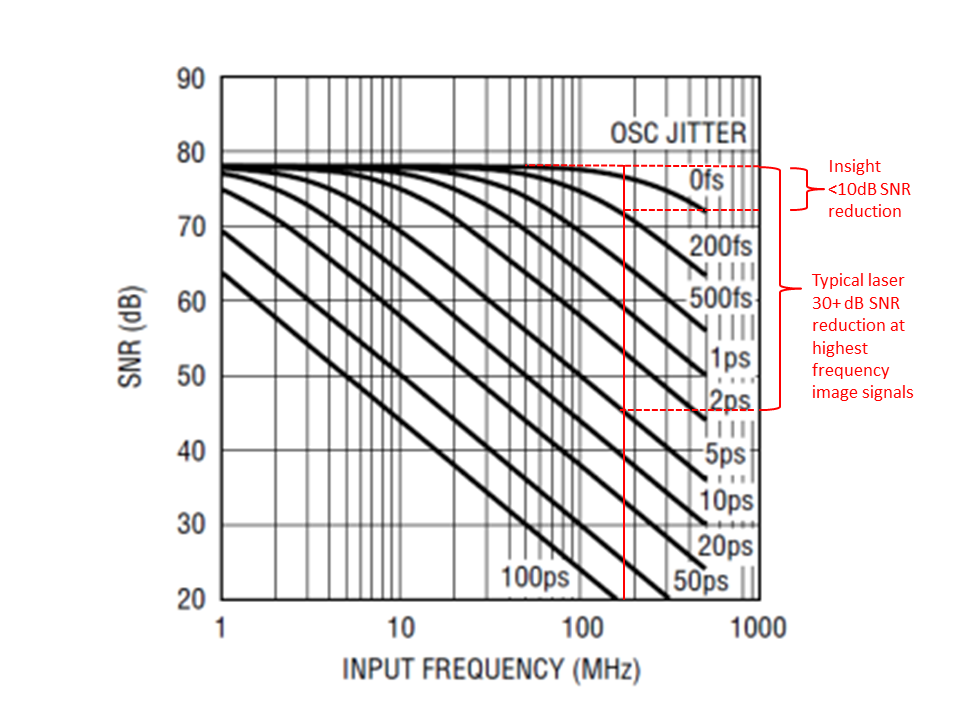Unprecedented Sweep Linearity
Unprecedented Sweep Linearity |
. . . Why Sweep Linearity Matters |
|---|---|
|
|
No Need for External K-Clock |
|
|---|---|
|
Most other swept lasers lack sufficient linearity and require an external optical k-clock: |
|
|
|
|
|
The Insight laser is inherently linear and does not require an external k-clock. The Insight laser self-generates an internal electronic k-clock. With the Insight laser you do not need the extra cost of parts and integration of an optical k-clock, thus eliminating the challenges frequently associated with the non-uniform triggering that can occur with external optical k-clocks (where zero drift creates non-uniformity in the triggering). |
|
|
The Insight laser self-generates the Electronic K-Clock™
|
|
|
The result: Direct triggering of the data acquisition. No post-acquisition resampling and resulting ghosting. |
Linearity Better Than 0.002% at 200,000 sweeps per second (less than ±2 pm; ±0.4 GHz) |
|
|---|---|
|
The Insight laser has unprecedented inherent linearity. This produces very uniform single-reflection interferograms and results in very clean, artifact-free images. |
|
|
A single reflection interferogram |
|
Sweep-to-Sweep Repeatability Subpicometer (< 0.001%; < 200 MHz) |
|---|
|
The Insight laser's akinetic sweep is very repeatable. Sweep-to-sweep repeatability of <0.001% is typical. There are several implications for this in new OCT research and methods. |
No Mode Hops. Guaranteed. |
|---|
|
The Insight laser uses software control to constantly monitor and ensure that no mode-hops occur. Long before the laser could even begin a mode hop, the control optimizes the sweep to ensure optimum SMSR and guaranteeing no mode-hops. Insight has 11 patents pending on this technology. |
Phase Stability |
|
|---|---|
|
For some OCT applications it is beneficial to have subsequent sweeps begin at the exact same point in the interferogram. This is typically referred to as phase stability, but could also be termed "start wavelength repeatability." Phase stability to <3 pm has been confirmed for the Insight laser. |
|
|
Insight laser phase jitter (phase stability) typically <3 pm |
|
Trigger Jitter |
||
|---|---|---|
|
Trigger jitter in OCT systems can represent a key SNR (signal-to-noise) limitation. As sweep speed increases, trigger jitter becomes a major factor in SNR and in the resulting image quality. Even very small triggering jitter reduces the PSF and image quality.
In an optical k-clock, it is difficult to achieve better than 50 ps (picoseconds) jitter due to zero drift, polarization dependency and wavelength dependency in the k-clock's interferometer. Insight's electronic k-clock is designed to minimize trigger jitter and achieves a ±300 femtosecond specification, roughly ten times better than a typical optical k-clock. The following generic chart shows the relationsihip between trigger jitter and SNR. |
||
|
Systematic OCT system SNR reduction with different trigger jitter specifications
|
||
| Trigger jitter can become a significant issue at higher sweep speeds. A 6 mm imaging distance (12 mm round-trip distance) yields a signal of >100 MHz at 200,000 sweeps per second (100 nm width). The following chart shows that a jitter of 5 ps from an optical clock generates a >20 dB SNR reduction. | ||
|
Systematic OCT system SNR reduction with different trigger jitter specifications
|


